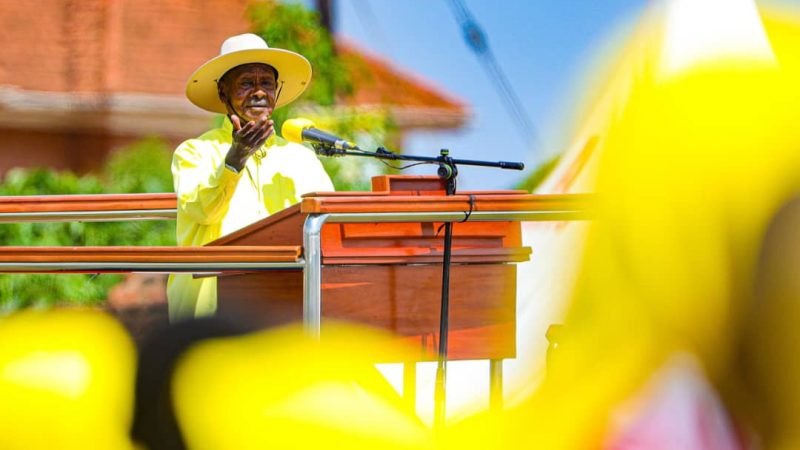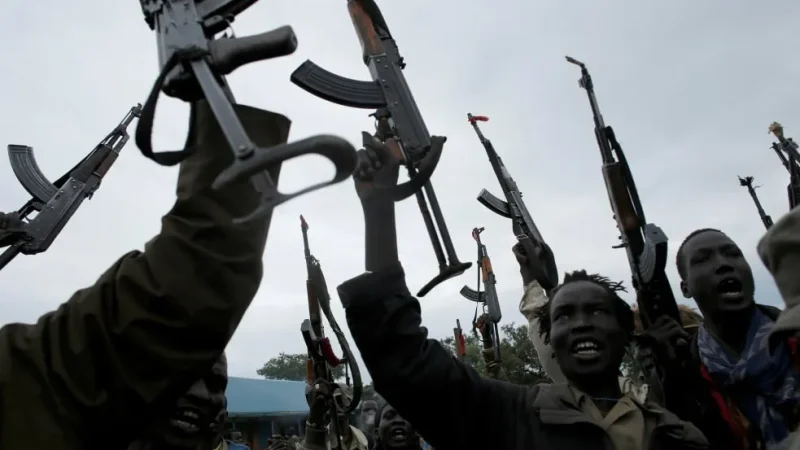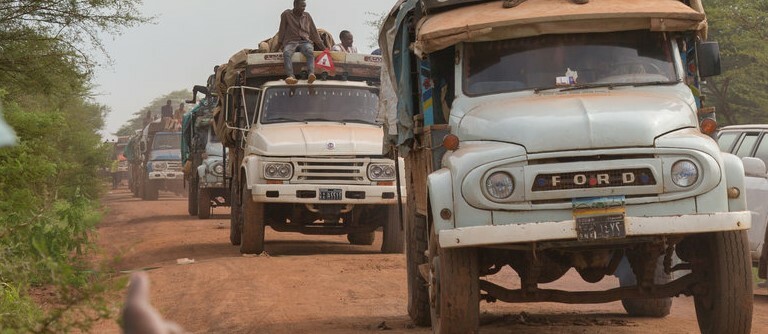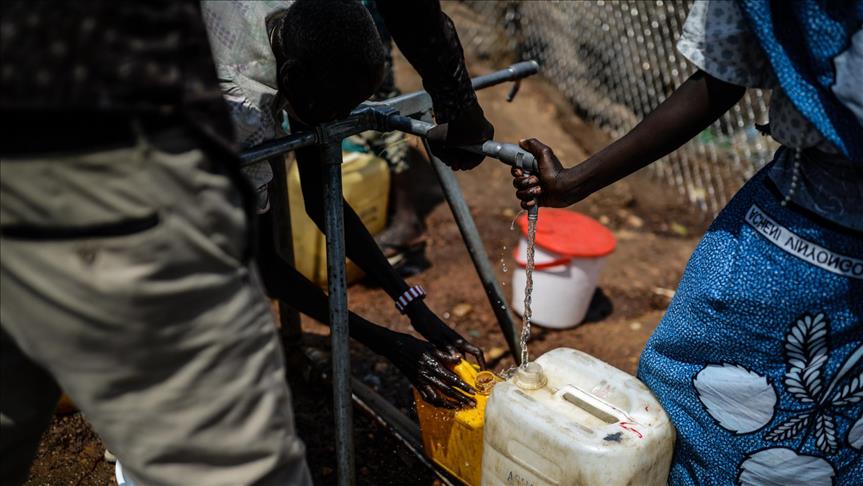Nearly 750,000 vulnerable individuals and households in South Sudan have benefited from access to improved water and sanitation facilities, education and health facilities under the Enhancing Community Resilience & Local Governance (ECRP) phase 1 project.
The four-year project funded to a tune of USD45 million by the World Bank was implemented by the United Nations Office for Project Services (UNOPS) and the UN International Organization for Migration (IOM) on behalf of the government of South Sudan.
Firas Raad, World Bank Country Manager in South Sudan said on Wednesday during the closing ceremony of phase I of the project in Juba, the capital of South Sudan that ECRP I, has improved access to basic infrastructure, strengthened community institutions and enhanced livelihoods.
“We are quite proud of the fact that the ECRP I, was one of the key projects within the country that mobilized rapidly to support services for communities affected by the 2016 conflict, it provided too an opportunity to complete also the backlog of unfunded sub-projects under the previous local project,” Raad said.
He noted that phase I of the project involved all all segments of society, women, youth, internally displaced persons (IDPs), and ex-combatants and persons with disabilities in the local development process.
“This inclusive approach which mobilizes all stakeholders on the ground is an important contributor to social cohesion in the country and in turn promotes greater peace and stability,” Raad said.
Under the project, over 345 complete physical infrastructures including 33 primary school blocks, 31 health facilities, 258 water facilities, 11 market sheds, 9 community access roads, and four community youth centers built in 20 counties were handed over to the government of South Sudan.
Petronella Kasaka Halwiindi, UNOPS Country Manager in South Sudan, said that the project has created lasting change in the communities across the 20 counties in all the 10 States in the country.
“We have read stories of women who are now able to give birth in clean spaces, with the help of health workers, because we established special one health facilities that were constructed and electrified, enrolment and retention rates have increased due to the 68 learning spaces created and sanitary facilities that we constructed in these primary schools that were crucial in keeping girls in school,” Kasaka said.
She noted that the project has built the capacity of Boma and Payam development committees to meaningfully decide on what development activities they ought to prioritize in their areas.
Peter Malonyi Gatluak, Acting Chairperson of the Local Government Board, said that prior to the implementation of the ECRP project, expectant mothers used to give birth under trees due to lack of proper maternity wards across the 20 counties.
John Chidumula Nyirenda, Senior Project Manager for the Enhancing Community Resilience & Local Governance Phase I Project said that prior to the implementation of the project most of the areas did not have functioning health facilities, adding that some of the primary schools did not even have a classroom.
“The 258 water points have been created in places where people had no access to safe clean water; they were using water from the same points where cattle and other animals are drinking,” Nyirenda said.
“Access to health services has improved, we have seen women talking about how safe it is to deliver in these health facilities, and we have seen girls liking to go to school. The retention for girls in school will improve with the kind of classrooms that have been built and sanitary facilities in those schools,” he added.
Paul Segawa, Acting Project Manager for the ongoing ECRP II project, said that this second phase of the project is largely focused on disaster risk management such flood mitigation and climate shocks.
“The project has already started, it is two years down the road already and we still have about three years to go, so right now we are ramping up our activities in terms of community infrastructure and disaster risk management, we are putting a lot of emphasis on flood mitigation and climate shocks. We are ramping up activities in flood protection infrastructure and flood investments,” Segawa said.
He noted that the upcoming floods this year are expected to be more intense than previous years, adding that they are currently designing dikes that are able to withstand floods.
“We are doing designs for the dikes that will be able to withstand even the predicted floods which are coming later in the year, they are supposed to be very intense and probably stronger or more intense compared to the previous years,” Segawa said.
Phase II of the ECRP project will cost about 150 million dollars and targets about 950,000 people across 17 counties including two Administrative Areas such as Ruweng and Pibor.









